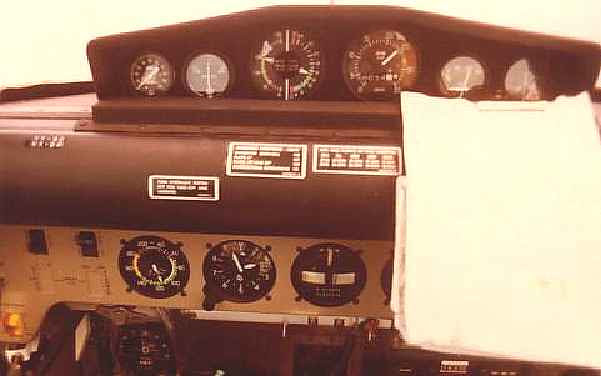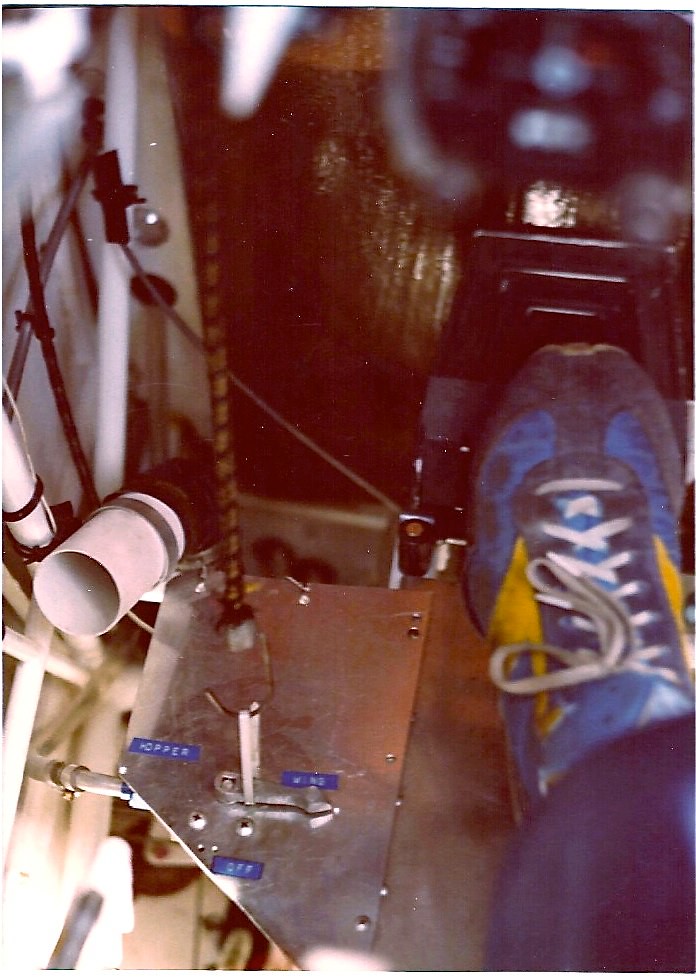Maybe it’s only of passing historical interest, but in the 1980’s I was hired a few times to fly cropdusters to S America. Kinda risky, but followed the island chain down. Pre-GPS, so I either had no navigation radios or at best a jury-rigged VOR, which did not help much at low altitude.
That VOR, a Narco, can be seen duct-taped below the panel on the left:
I may not look far on the map, but several legs had land recede behind me and then an hour or more with no land in sight. It really felt like I was in the middle of the ocean. In these cases DR with just a compass was critically important, and thankfully landfall was usually within a mile or so of projected.
But truth be told, it’s a skill that needs to be practiced, and I’m sure I’d be very rusty at it now.



